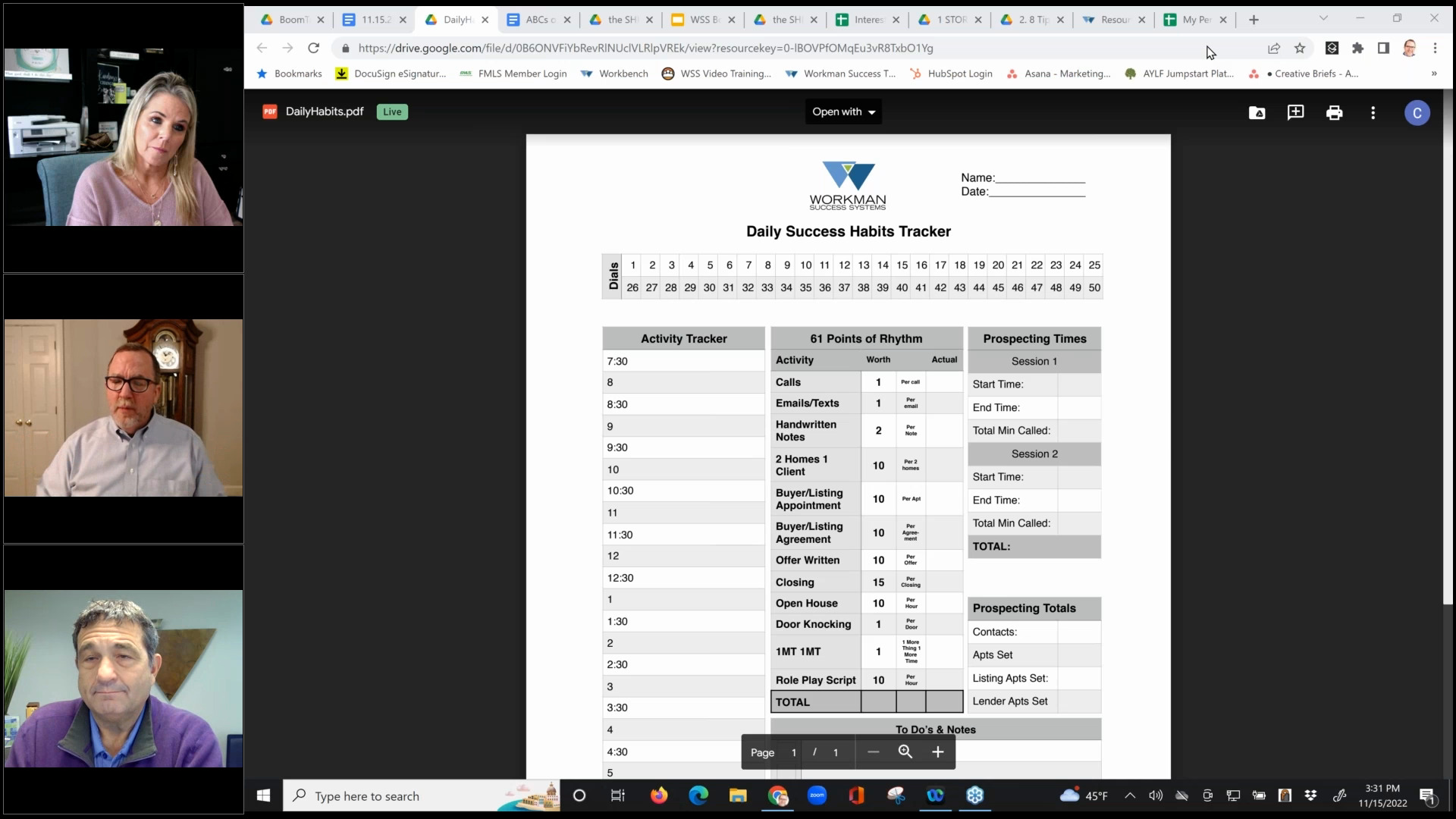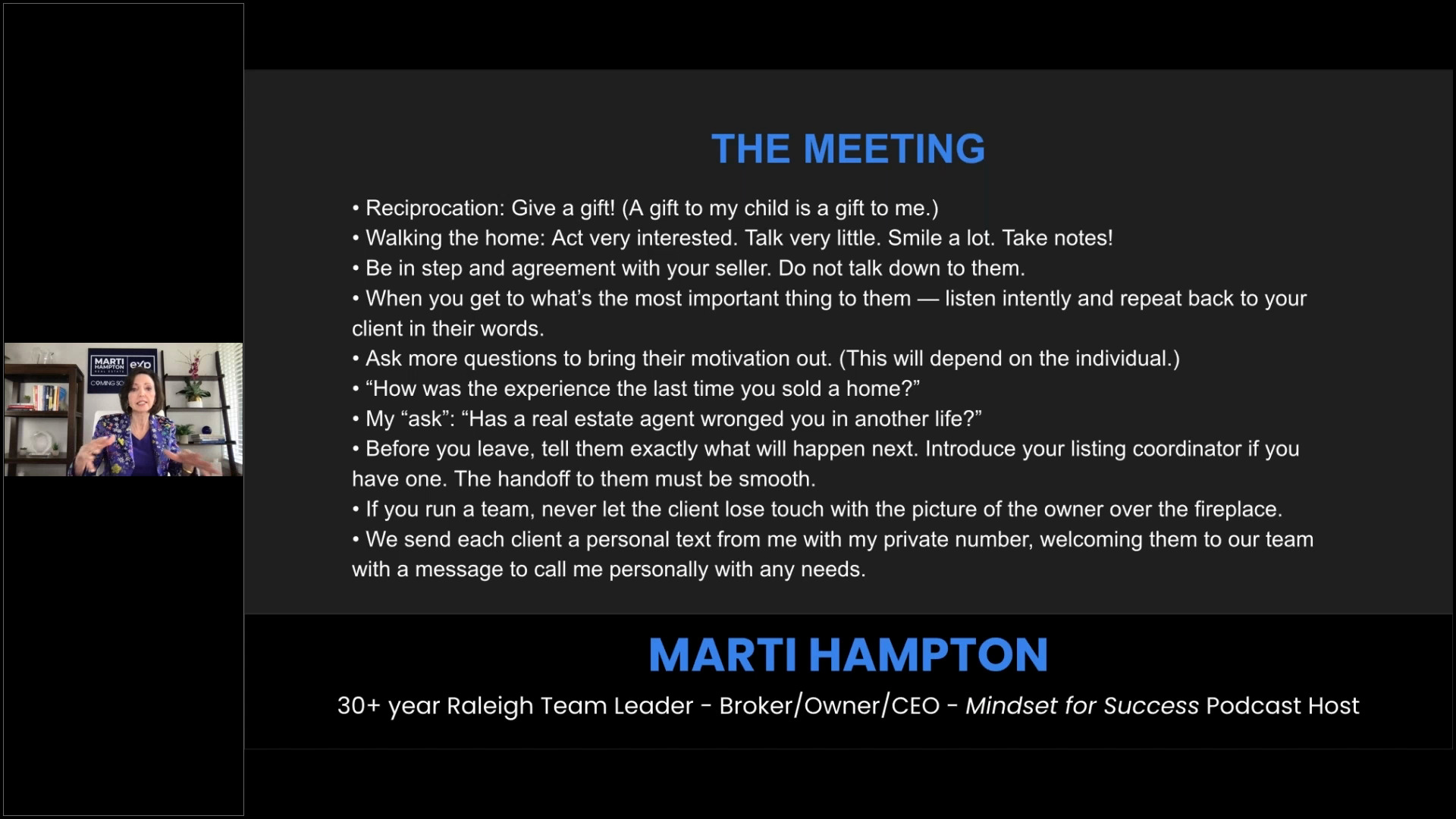
We all struggle with generating seller leads. Winning big seems like a fairy tale at times, am I right? Now, you know the traditional marketing methods. Door knocking. Cold calling. And of course, Recently Sold postcards. My mailbox gets a new one every month, and they often look like this: But after talking to a few clients from our annual user conference, BoomTown Unite, I learned a few tricks to improve the postcard game. Tricks I would love to see real estate agents adopt … not just for my mailbox’s sake, but because I’m a sucker for good ad copy. This is what the blog post will focus on. I’ll show you what a “consumer-first approach” means and how it can persuade homeowners (i.e. home sellers) more effectively. And there will be special attention paid to copywriting. Let’s begin … There’s nothing new about the Recently Sold postcard at all. The audience is the same (homeowners) and the purpose is the same (to show a home that recently sold in the area and to convince the neighbors to also sell with you). We’re not revamping the idea of the postcard. You don’t need to worry about fancy designs and breaking the mold and sending “triangle” postcards or whatever. The base is still the typical rectangular postcard. The only difference is the content. A slight deviation, I should say. Most postcards start with this headline: “RECENTLY SOLD” or “JUST SOLD.” This big, bolded text will capture reader’s attention first. But this copy doesn’t “talk” to the person who is receiving the postcard. It doesn’t address them or evoke any emotions. It’s just stating a fact. And if you’re a fan of Madmen, you know you have to make people dream — make them imagine. Here’s a way to change up the “Recently Sold” headline. Leverage the people who sold their house. Try this: Trevor & Morgan sold their house! Names have power. And words with names can light fires in the minds of people. They can bring tears from the hardest hearts. And they can motivate the most stubborn to action. By focusing on the people who sold their home, and by leveraging them as “neighbors,” you then create a variety of trust and imagination. If Sue down the road knows Trevor (to some degree) and sees a postcard that they just sold their home with Agent Chris, then they can easily trust the agent to do their job — because they relate to Trevor, not the house. They can see a person who was helped, not the house. And that helps them imagine themselves being helped. When people think about selling their house, they’re not thinking they need help selling the property. They’re thinking they need help with the selling process. With getting a good price. With getting through any of the home’s flaws. Or with handling the onslaught of interested homebuyers. Within the “Recently Sold” postcard, there’s usually a spot to add a little bit of content. A small paragraph; 1-3 sentences. Following the consumer-first approach with “Trevor & Morgan,” edit the main content of the postcard. Real estate agents use this section to describe the property and to detail how much the home sold for. If you want to improve the postcard overall, continue the “Neighbor” strategy — still using Trevor and Morgan. Try writing this: Is your home worth more than Trevor and Morgan’s home on 1234 Horseshoe Street? I can help you find out with a quick analysis. Give me a call at (803) 745-2304 or email at [email protected]. By editing the main content section, you can draw the person to action. You helped them relate to the situation, and now you’re pulling them to think about themselves. Using a consumer-first approach is extremely effective at persuasion. Further Reading: Is Door Knocking Still Viable for Generating Seller Leads? If the home valuation idea seems tired out by you, then shake up the traditional “Just Sold” postcard. If other real estate agents are abusing the crap out of it, this idea can also work well. And it’s simple. Instead of focusing on the transaction you just closed, focus on the people who are leaving the neighborhood. Again, a consumer-first approach does better with persuasion. Try framing up your postcard to say something similar to this: Obviously, you need to get their permission to use them for marketing purposes, but most of the time, families are comfortable with it if they know how they’ll be used. You’ll also need to grab a photo of them to put in the postcard. By changing focus of the postcard’s content and editing a few lines of copy, you can see significant improvements in conversions. Who knows, you could even see a nice jump in seller leads. But I would emphasize any “postcard marketing” should be wrapped within a broader strategy, like trying to become the go-to agent for a neighborhood. The clients I talked to at BoomTown Unite had a multitude of tactics they were using in conjunction with one another. Some were even rethinking the “open house” idea and turning it into a neighborhood block party — saying farewell to the homeowners who were moving. They would rent food trucks and have little kids games for neighbors to enjoy. And, I think it’s good to remember, even with all these tactics, you may not see immediate results. But you will make an impression, and that can go a long way for your brand. Any strategy or marketing tactic should be measured, evaluated, and edited for performance. Don’t be afraid to try something new if the usual methods aren’t working. Typical Meets Curiosity: Editing the Postcard Content
Edit the Headline
Edit the Main Content
A Different Idea on the “Just Sold” Postcard
Selling Real Estate to People; Not Real Estate to Real Estate



